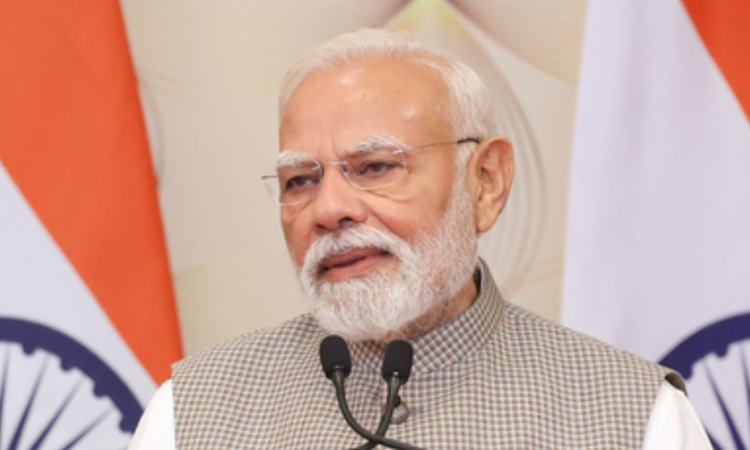Editorial: Modi and Asean dynamics
Contrary to the official explanation about scheduling issues, the popular perception is that he wants to avoid the idiosyncratic Trump and his mercurial temperament.

Prime Minister Narendra Modi (IANS)
Much can be read into Prime Minister Narendra Modi’s decision to skip going in person to the ASEAN summit and instead opt to participate virtually when every other leader — from US President Donald Trump to Chinese Premier Li Qiang to Australian and Japanese Prime Ministers Anthony Albanese and Sanae Takaichi — was making a beeline to Kuala Lumpur. Usually, Modi doesn’t let go of an opportunity to rub shoulders with global leaders, especially when a major election is in the offing in India.
Contrary to the official explanation about scheduling issues, the popular perception is that he wants to avoid the idiosyncratic Trump and his mercurial temperament. His supporters, however, interpret it as sending a strong message of assertion and autonomy. Moreover, ASEAN, or the Association of Southeast Asian Nations, is of a lower priority for India, and they aver that nothing much gets done at these summits anyway. But then, Modi had participated in many ASEAN summits in the past, and foreign policy wonks had heaped praise on him for leveraging multilateral platforms to project India’s growing power and rising clout.
Modi’s virtual speech had all the buzzwords and key phrases such as Act East Policy, ASEAN centrality, digital inclusion, green energy, and food security. Of course, the major issue for India is expediting the review of the 15-year-old ASEAN-India Trade in Goods Agreement (AITIGA), which requires course correction, especially with regard to trade imbalance. It has not been a win-win deal, as India faces non-tariff barriers in the form of difficult-to-comply-with standards regimes, bureaucratic procedures, and not-so-scientific sanitary regulations meant to restrict exports from India. India’s other concern has been China’s misuse of loopholes to reroute its goods through ASEAN to take advantage of lower tariffs under the pact.
The declaration of 2026 as the ASEAN-India Year of Maritime Cooperation by Modi has two dimensions — blue economy and a secure maritime environment. India is keen on promoting cooperation with ASEAN nations in the blue economy, and besides sustainable development of marine resources, marine biodiversity, and ecosystem conservation, other areas of interest include promoting green and efficient maritime transport and developing new and renewable energy, including marine-based renewable energy. This cooperation could involve engagement with stakeholders such as the private sector, including MSMEs, the tourism industry, the scientific community, and academia.
Maritime security is another area in which India wants to strengthen cooperation with ASEAN nations, and in this context, an important aspect Modi highlighted was disaster preparedness and Humanitarian Assistance and Disaster Relief (HADR) in times of crisis. India aims to deepen its engagement through frameworks and mechanisms such as the ASEAN-India Defence Ministers’ Meeting and the ASEAN-India Maritime Exercise for a secure maritime environment.
Beyond India, at a macro level, ASEAN has bigger worries about how it will grapple with the intensifying US-China geopolitical rivalry and its impact on the region, which has been an arena for power struggles between the two giants. Besides the big power rivalry, regional dissensions and conflicts could erode ASEAN’s centrality — that is, its role as the primary driver of regional architecture. Now ASEAN will have to recalibrate its ties with the US and China, as a question mark hangs over the old “hedging model” of turning to the US for regional security and to China for trade.



